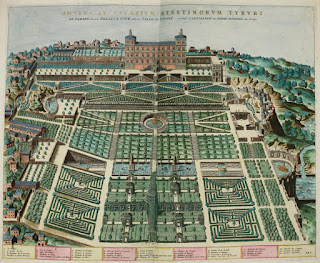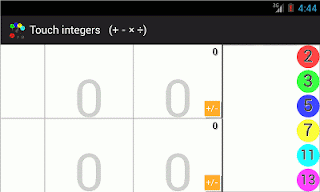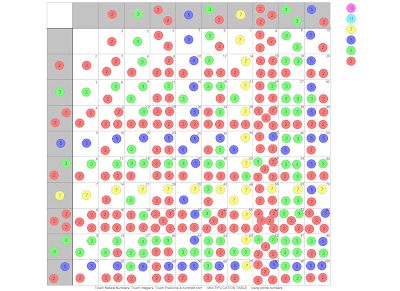All this is related to a hard discussion in the linkedin:
https://www.linkedin.com/nhome/updates?topic=activity%3A5986641279243542528&activity=activity%3A5986641279243542528
Related to the Infinut announcement:
http://infinut.com/2015/03/25/the-end-of-freemium/
The End of Freemium?
I
am still reading all this and these ideas are resonating in my head:
Talking
out about the fact of having eliminated all free versions of a
collection of children's apps some people of google plus says:
Deepak
Kumar:
“Good
products tend to sell well :-) Wish you the best! “
Trevor
Sullivan:
“
I
agree with Deepak. If you have a good product, your customers will be
happy to pay for it. As a consumer (we all are), I can personally
vouch for this. ;) ”
Greg
Bulmash:
“It
is AFTER the professor has been paid and AFTER the students who paid
tuition get the benefit of the class that it is shared more widely.”
and:
“Content
sharing licenses and freemium apps are the CHOICE of creators”.
And
later:
“My
volunteer group is hosted by Amazon and we have volunteers from
Microsoft, Amazon, Ticketmaster, Boeing, Expedia and others who all
donate their time to teach and mentor. Microsoft also donates $17 for
every hour an employee volunteers with our group “
And
yesterday the ultimate:
“If
you can make such outrageous, insulting, and blatantly prejudiced
statements, then you need to do some introspection and deal with the
poison inside your own soul, because that kind of bigotry and
belligerence has no place in civilized discourse”.
And
Finally: Deepak Kumar:
“If
there was an ignore button I'd be reaching for it now”.
(as
a reaction for my: “To me cause I hilarity people who do good deeds
during the weekend to make up for what they do during the week, and
also these people who dare to give lessons and advices to everyone.
Sorry”.
If
we look at this discussion imagining we do not know what it is, we
seem to be talking about the sale of any product of dispensable
luxury. Or something worse.
I
think some kind of brainwashing in the field of marketing is
seriously affecting these people, or maybe they do not know about
what kind of topic we are talking
We
are talking about the disappearance of freemium versions of some
quality programs made by Ana Redmond from Infinut dedicated to
pedagogy and didactics of mathematics. And I talk about the
inappropriate applause that this decision has had on the GooglePlus
audience.
First
I must say that I share the concern of the developers of apps for the
lack of profitability of apps in general that will never reward the
efforts of programmers. (Modestly I think I'm a programmer too).
And
I am also concerned that because of this lack of profitability of
apps, good programmers are forced to work in big companies, and
having to endure which is hard to bear in the workplace sometimes.
Including my seemingly unfair criticism.
In
this discussion, I think no one has taken into account is that we are
talking about useful programs when teaching mathematics to young
children.
Basic
and useful teaching resources to teach math to young children, should
be free, must not contain advertisements or hidden payment methods of
any kind. This applies to apps and web pages, and to everything that
is available to the kids.
Making
teaching materials to teach maths to children, is a kind of service
to humanity. This work is itself one of these good works that some do
only some weekends
And
no one freelance programmer is forced to make programs that
constitute teaching resources. There are many other fields and
disciplines in which they can develop free apps, paid apps, apps with
ads or apps with payment mechanisms within applications without any
problem.
If
you do not already know, I think this is the right time for you to
know.
And
finally, heading directly to Ana Redmond, I would say that surely the
"freemium" versions of their programs were not sufficiently
accepted by parents of children because they offered on the one hand
free games, and otherwise inaccessible games. This is very common and
widely used in general in the world of apps, I think this structure
has caused a misunderstanding. Parents have logically thought that
was a free version to generate a kind of abstinence syndrome of the
paid version. To avoid this misunderstanding, it would be necessary
in future free versions of these programs don't will announce
inaccessible parts or paid parts. Free applications should do what
they already announced, and developers must consider that everyone is
smart enough to see that, from the same company, there is another and
more complete paid version.
Ethically, independent programmers should be a bit better than drug dealers
located on the doors of schools.
























